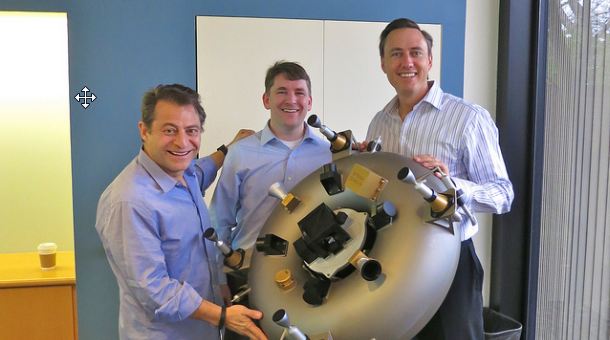The amalgamation of 3DP technology and space explorations has gained a lot of attention and admiration from people all over the world. In a recent development, NASA has joined forces with a California based company to make a 3D printer which is expected to reach the space station this year. Also the other big shot in the space industry, the European Space Agency has decided to build a lunar base with the help of 3D printed parts.
It is not only NASA and a few other organizations like the European Space Agency that were using 3D printing in its ventures into the space but also various smaller organizations like California based SpaceX are also using 3D printing technology. Space X is all set to launch their astronauts into the space. The company plans to achieve this goal by dipping its feet into the innovative world of 3D printing.
Earlier we had seen NASA using this technology to make spare parts for the space shuttles and other small scale implementations but Space X is planning to build emergency escape rockets with the help of 3D printing. The company has named this space capsule as the Dragon Version 2 which is expected to carry astronauts from the earth to the International Space Station. In 2013 a test was conducted on the engine chamber, that was made with the help of 3DP technology. The chamber passed the test with flying colors.
On this success a representative from the company said, “Printing the chamber resulted in an order of magnitude reduction in lead time compared with traditional machining — the path from the initial concept to the first hot fire was just over three months.”
Before venturing into something as huge as this, the company has tried out various other prototype missions into the space using 3DP technology. The company has spent around three years in researching and evaluating this technology and how the technology and to what extent the technology can impact their ventures into the space.
3DP technology was used to build the engine main oxidizer valve of a rocket engine named Falcon 9, which flew into space earlier this year. This rocket was carrying the commercial Thaicom 6 telecommunication satellite. This was the very first 3D printed part that the company used to venture into space. On this occasion a representative from the company told the press, “The mission marked the first time SpaceX had ever flown a 3D-printed part, with the valve operating successfully with high-pressure liquid oxygen, under cryogenic temperatures and high vibration.”
The valve inside the Falcon 9 which was manufactured with the help of 3DP technology after undergoing a lot of trails and testing is now certified to fly along with the parts that are manufactured with the help of regularly used materials. The company representative said, “Compared with a traditionally cast part, a printed valve body has superior strength, ductility and fracture resistance, with a lower variability in materials properties,” . “The [valve] body was printed in less than two days, compared with a typical castings cycle that goes for months”
